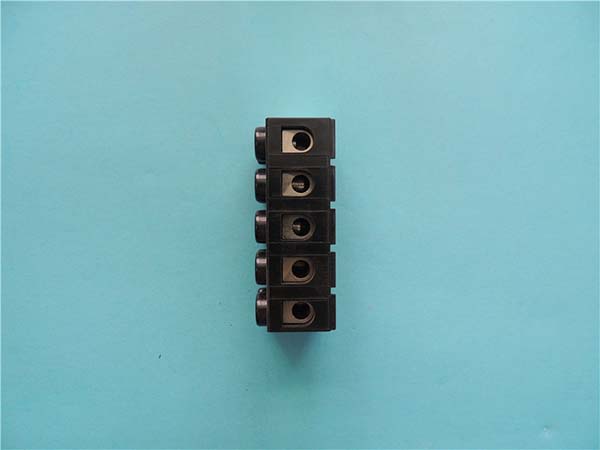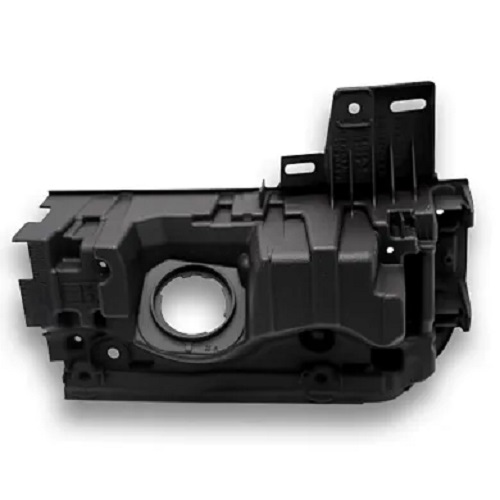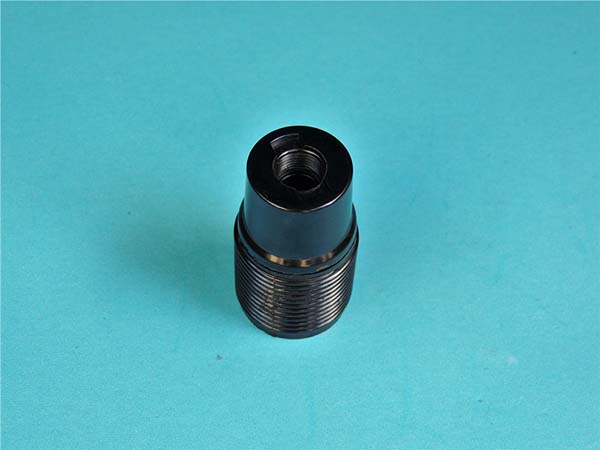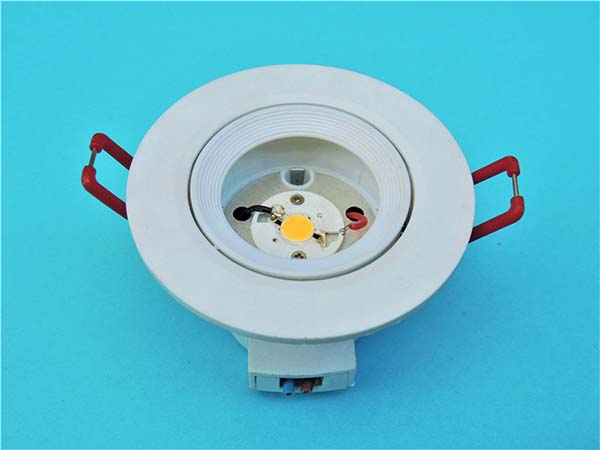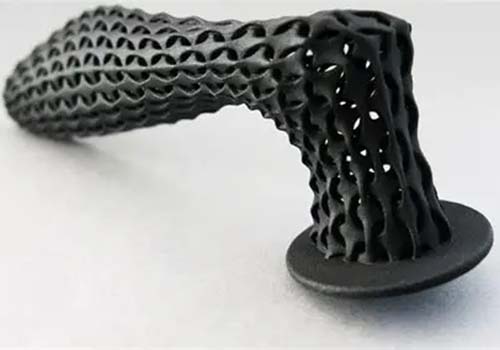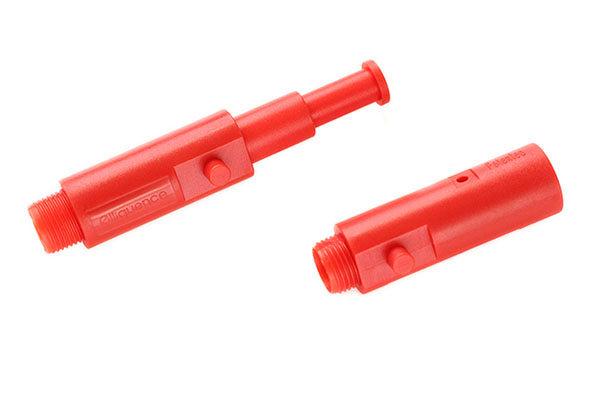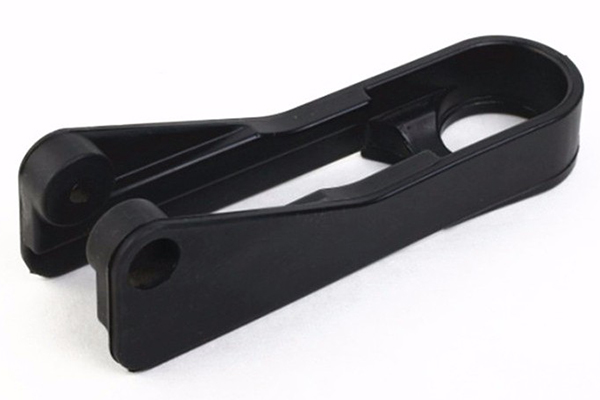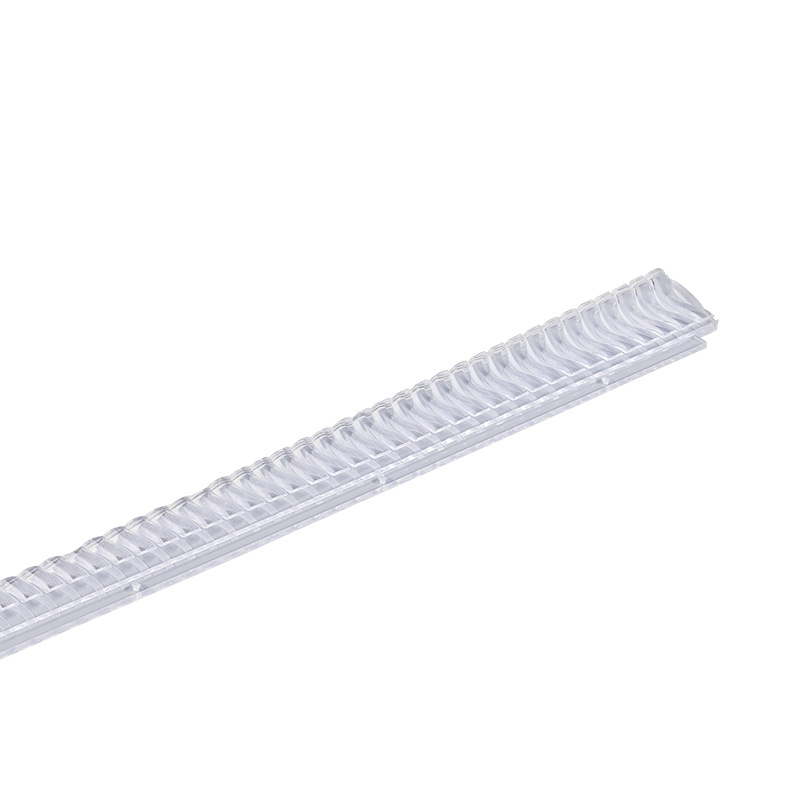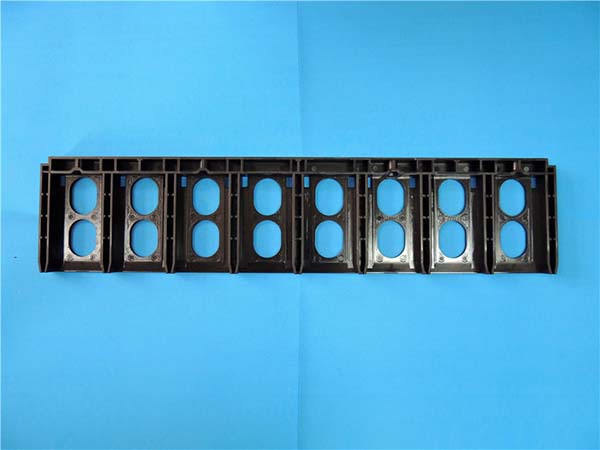Introduction
In the dynamic world of 3D printing, SLA (Stereolithography) printing has emerged as a game - changer, enabling the creation of highly detailed and precise 3D objects. Central to the success of SLA printing is the choice of SLA printing material. The material you select can make or break your 3D printing project, influencing everything from the final product's appearance and mechanical properties to its durability and functionality.
SLA printing, being one of the earliest and most widely used 3D printing technologies, operates on a unique principle. It uses a light source, typically a UV laser, to cure layers of liquid resin, solidifying them to form a 3D object layer by layer. The resin's ability to quickly and accurately transform from a liquid to a solid state under light exposure is what makes SLA printing capable of producing parts with smooth surfaces and fine details, often with a resolution that can reach up to 25 microns in some high - end printers.
However, with a plethora of SLA printing materials available on the market, each with its own set of characteristics, finding the right one for your specific needs can be a daunting task. Whether you're a hobbyist working on a creative project, a designer prototyping a new product, or an engineer manufacturing functional parts, the importance of choosing the appropriate SLA printing material cannot be overstated. In the following sections, we will delve into the different types of SLA printing materials, their properties, applications, and how to make an informed decision when selecting the best material for your 3D printing endeavors.
Types of SLA Printing Materials
Resins for General Purposes
General - purpose SLA resins are the most commonly used materials in SLA printing. They are designed to meet a wide range of basic requirements, making them suitable for a broad spectrum of applications. These resins are often the go - to choice for hobbyists, students, and those involved in quick prototyping.
Applications: They can be used for creating decorative items, small art pieces, and simple prototypes for product design. For example, if you are a designer quickly visualizing a new toy concept, general - purpose resins can bring your idea to life in a cost - effective way.
Cost - effectiveness: One of their main advantages is their relatively low cost compared to some of the more specialized resins. This makes them accessible for those on a budget or for projects where the final product doesn't require high - end mechanical properties.
Properties: They offer decent mechanical strength for basic applications, with a tensile strength typically in the range of 30 - 50 MPa. They also have good dimensional stability, allowing for the creation of parts with accurate shapes and sizes.
High - Strength Resins
High - strength SLA resins are engineered to provide enhanced mechanical properties, making them suitable for more demanding applications.
Characteristics: These resins have a significantly higher tensile strength, often ranging from 60 - 100 MPa or even higher in some advanced formulations. They can withstand greater stress and strain without breaking or deforming.
Applications: In the automotive industry, high - strength resins are used to print parts such as brackets, fixtures, and even some non - critical engine components for prototyping. In aerospace, they can be used to create lightweight yet strong models of aircraft components for testing aerodynamics and fit - checking. For instance, a small UAV (Unmanned Aerial Vehicle) manufacturer might use high - strength resin to 3D - print custom - designed wing brackets that need to endure the stresses during flight.
Flexible Resins
Flexible SLA resins mimic the properties of rubber or silicone, offering a unique set of advantages for specific applications.
Properties: They have a high elongation at break, which means they can stretch significantly before breaking. Their Shore hardness values are typically in the range of 30 - 80A, similar to that of soft to medium - hard silicone materials.
Advantages in Manufacturing: These resins are ideal for creating flexible parts such as gaskets, seals, and soft - touch products. For example, when manufacturing a custom - made phone case with a soft - touch finish, flexible SLA resins can replicate the feel and flexibility of traditional rubber - like materials, providing a comfortable grip while also protecting the phone. They can also be used to print intricate silicone - like molds for casting other materials.
Heat - Resistant Resins
Heat - resistant SLA resins are formulated to maintain their structural integrity and mechanical properties at elevated temperatures.
Performance: They can withstand temperatures ranging from 100 - 300°C depending on the specific resin type. This makes them suitable for applications where the printed parts will be exposed to heat during use or post - processing.
Applications: In the electronics industry, they can be used to print components that need to withstand the heat generated by electronic devices, such as heat sinks or enclosures for high - power LEDs. In the automotive and aerospace industries, heat - resistant resins are used for parts that are close to heat - generating sources, like engine compartments or exhaust systems. For example, a heat - resistant resin can be used to print a prototype of an engine intake manifold component that can endure the high - temperature environment within the engine bay.
Key Factors to Consider When Choosing SLA Printing Materials
Mechanical Properties
The mechanical properties of SLA printing materials are crucial as they determine how the printed object will perform under different loads. Here is a comparison of some common SLA materials in terms of their mechanical properties:
| Material Type | Tensile Strength (MPa) | Bending Strength (MPa) | Elongation at Break (%) |
| General - purpose Resin | 30 - 50 | 40 - 60 | 3 - 8 |
| High - Strength Resin | 60 - 100 | 80 - 120 | 2 - 6 |
| Flexible Resin | 5 - 20 | 8 - 25 | 50 - 300 |
| Heat - Resistant Resin | 40 - 80 | 50 - 100 | 1 - 5 |
If you need a part that will experience significant tensile forces, such as a load - bearing component in a small mechanical device, a high - strength resin would be a better choice. For flexible parts like a gasket that needs to stretch and seal, flexible resin is the obvious option.
Accuracy and Surface Finish
The material plays a significant role in the accuracy and surface finish of the printed object. SLA printing is known for its high precision, but different materials can affect this.
- Accuracy: High - quality SLA resins are formulated to shrink minimally during the curing process. Minimized shrinkage ensures that the final printed part closely matches the original 3D model dimensions. For example, in jewelry casting, where a very accurate replica of a design is needed, a low - shrinkage resin is essential. Any deviation in size could lead to a poorly fitting piece or a design that doesn't meet the aesthetic requirements.
- Surface Finish: Some resins are designed to provide a smooth surface finish right out of the printer. This is beneficial for applications where appearance matters, such as in creating art pieces or high - end product prototypes. For parts that require a smooth surface for aerodynamic reasons, like a model airplane wing, a resin with a low surface roughness will be more suitable. In contrast, if the part will be further post - processed, such as sanding and painting, the initial surface finish of the resin may be less critical.
Cure Time
Cure time, the duration it takes for the resin to solidify under light exposure, is an important factor, especially for large - scale production or time - sensitive projects.
- General - purpose Resins: Usually have a relatively standard cure time, often in the range of a few seconds per layer. For a small - scale hobbyist project, this might not be a major concern. However, in a production environment, a slightly longer cure time per layer can add up significantly over the course of printing a large number of parts.
- Fast - Cure Resins: Some specialized resins are engineered to have a much shorter cure time. These can greatly increase production efficiency. For example, in a rapid prototyping service that needs to turn around multiple prototypes quickly, using fast - cure resins can reduce the overall printing time and get the products into the hands of clients faster. On the other hand, slower - curing resins may offer better control over the curing process for very complex geometries but at the cost of longer production times.
Cost
Cost is always a consideration when choosing SLA printing materials. There is a wide range of prices depending on the type of resin.
- General - purpose Resins: As mentioned before, they are relatively inexpensive. They are a great option for those just starting with SLA printing or for projects where cost - effectiveness is a top priority, such as school projects or simple hobbyist creations.
- Specialized Resins: High - strength, flexible, and heat - resistant resins are generally more expensive. Their higher cost is due to the advanced formulations and specialized properties they offer. For example, high - strength resins often contain special additives to enhance their mechanical properties, which increases the production cost. When balancing cost and performance, it's important to evaluate the specific requirements of your project. If you only need a part for a short - term test and don't require high - end mechanical properties, a general - purpose resin may be sufficient. But for critical applications where performance is non - negotiable, investing in a more expensive, specialized resin is likely the better choice.
Yigu Technology's View
At Yigu Technology, a non - standard plastic metal products custom supplier, we deeply understand the significance of SLA printing materials in the manufacturing process. The choice of material must be closely aligned with the product design and production goals. For example, when creating custom - designed plastic parts with complex geometries, we carefully select SLA resins based on their flow characteristics during the curing process to ensure accurate replication of the design.
Over the years, we have accumulated rich experience in applying different SLA printing materials. We have found that continuous innovation in material application is the key to staying competitive. We are constantly exploring new combinations of resins and additives to develop materials with unique properties that can better meet the diverse needs of our clients. Whether it's improving the mechanical strength of printed parts for industrial applications or enhancing the surface finish for aesthetic - sensitive products, our team is dedicated to making the most of SLA printing materials to deliver high - quality custom products.
